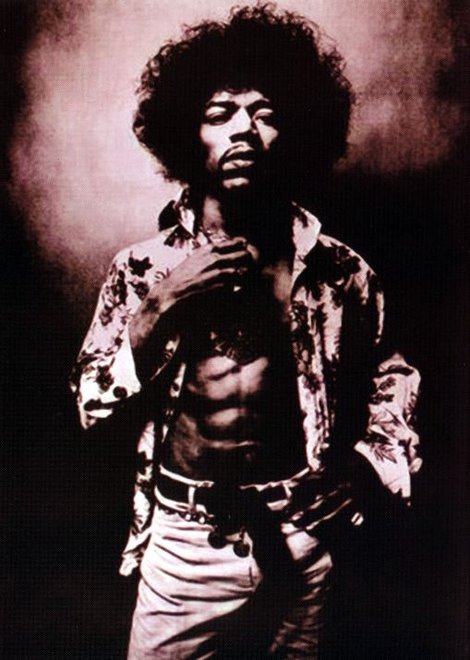skip to main |
skip to sidebar

Shibuya Live Inn, Tokyo, Japan 2nd March 1998


Here's some -Blues-Indian Classical-Underground-'60's amazing gems from long time ago...
WANTED:

Shibuya Live Inn, Tokyo, Japan 2nd March 1998


There are no longer 'dancers', the possessed.
The cleavage of men into actor and spectators
is the central fact of our time. We are obsessed
with heroes who live for us and whom we punish.
If all the radios and televisions were deprived
of their sources of power, all books and paintings
burned tomorrow, all shows and cinemas closed,
all the arts of vicarious existence...
We are content with the 'given' in sensation's
quest. We have been metamorphosised from a mad
body dancing on hillsides to a pair of eyes
staring in the dark.
J.D.M.
The cleavage of men into actor and spectators
is the central fact of our time. We are obsessed
with heroes who live for us and whom we punish.
If all the radios and televisions were deprived
of their sources of power, all books and paintings
burned tomorrow, all shows and cinemas closed,
all the arts of vicarious existence...
We are content with the 'given' in sensation's
quest. We have been metamorphosised from a mad
body dancing on hillsides to a pair of eyes
staring in the dark.
J.D.M.







1 comment:
one opinion:
SAMAY - THE TIMES OF INDIAN RAGS
Tradition ascribes certain rags to particular times of the day, seasons, or holidays; this is called samay. It is said that appropriate performance may bring harmony, while playing at different times may bring disharmony. It is said that the great Tansen was able to create rain by singing a monsoon rag.
There is not a universal agreement as to the correctness of samay. There are some musicians who argue that a rag must be performed at the time of day that it is assigned; conversely, other musicians argue that one may play a rag at any time if one wishes to evoke the mood of that time. For instance, if one simply wished to evoke the mood of a monsoon day, one could perform Megh Malhar; even in the middle of summer. The concept of samay is complicated by the fact that there are a number of rags that have different times ascribed by different musical traditions (gharanas).
This question is further complicated by an absence of any scientific process to determine samay. The great musicologist Bhatkhande attempted to develop a description of samay which could be explained in terms of the internal structure. Unfortunately, his system is so awkward and there are so many rags that do not fit his system that his efforts must be considered a complete failure. If one is disposed to follow the system of samay, one can only accept that it is merely a question of tradition. Attempts to justify the concept by looking at the internal structure of the rag have failed.
The concept is further weakened by the influx of rags from south Indian music. Many years ago Carnatic musicians and musicologists abandoned the concept of samay. It seems that it did not fit into their rational, scientific system. The result is that when Carnatic rags enter the Hindustani system, they come stripped of any conventionally accepted timings.
Post a Comment